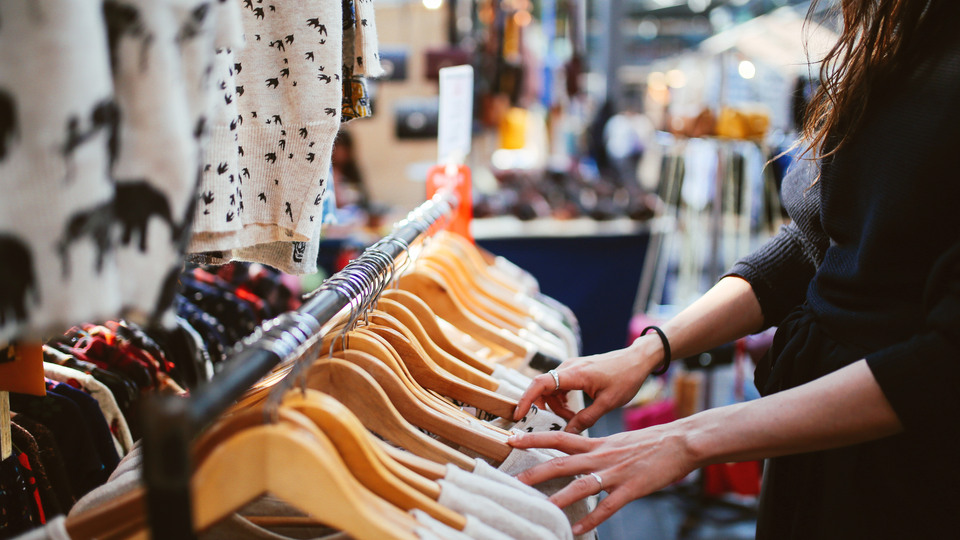
Twice as much textile is thrown in the trash than is left for reuse
How many extra kilos of textiles do you have in your closet? The consumption of new textiles increases every year, but used textiles still account for a very small proportion, according to a study conducted by researchers at IVL Swedish Environmental Research Institute as part of the Usereuse project. And we throw almost twice as many textiles in the trash as we leave for reuse.
.jpg)
Jurate Miliute-Plepiene
"Nearly one third of the clothes and textiles in our wardrobes are rarely or never used. That's twice as much as we leave for reuse. There's great potential for increased collection", says Jurate Miliute-Plepiene, researcher at IVL.
In the Usereuse project, researchers at IVL have analyzed textile flows – from purchase, use and reuse to final waste management, to identify where the greatest losses and potential for increased reuse are in our society.
"The study is unique – it is the first of its kind to explore and compare the role of reuse in relation to overall flows of consumption, use and waste. "We mainly collected data from our partners in the project, including municipalities and charities", says Jurate Miliute-Plepiene.
Here are the key results from the data analysis:
- The consumption of new textiles increases every year. Consumption of second-hand goods is also increasing, but although textiles are the most commonly purchased second-hand goods, they still account for less than five to seven per cent of new purchases.
- Nearly one-third of the items in our wardrobes are rarely or never used. That's twice as much as we leave for reuse. Here there is a huge potential for increased collection.
- We discard almost twice as much textile to incineration than we leave for reuse. Four out of every ten garments left in the kitchen waste could have been reused.
- Collection channels affect the quality of reused textiles. Those delivered directly to reuse organizations or other manned channels tend to be of higher quality. Leaving textiles in waste operators' collection bins and containers often leads to poorer quality, as more is destroyed by moisture or contamination.
- Just over one-fifth of the textiles collected are reused in Sweden; the rest is exported to other markets. Reasons for this include higher costs for manual sorting for reuse, insufficient demand for used clothing in Sweden, and greater demand, e.g. in the Baltic countries and Poland.
"This provides an overview of where the greatest potential for increased reuse exists. It shows where each of us can make a big difference, but also where policymakers should focus their efforts. In order to follow this, more data needs to be collected at the national level, especially in the areas where the greatest uncertainties exist", says Liv Fjellander, project manager for Usereuse at IVL.
Download the report External link, opens in new window. (in Swedish with English summary)
External link, opens in new window. (in Swedish with English summary)
For more information, contact:
Jurate Miliute-Plepiene, jurate.miliute@ivl.se, tel. +46 (0)10-788 67 20
Liv Fjellander, liv.fjellander@ivl.se, tel. +46 (0)10-788 66 79
The study was conducted as part of the Usereuse project, in which IVL Swedish Environmental Research Institute, together with Citycon, Mölndal Municipality, SÖRAB, Stockholm Vatten och Avfall, Myrorna, Artikel 2 and Blocket, is studying how systems for reuse can be created, improved and scaled up so that reuse becomes the norm and is perceived as being as easy or easier than buying new.
